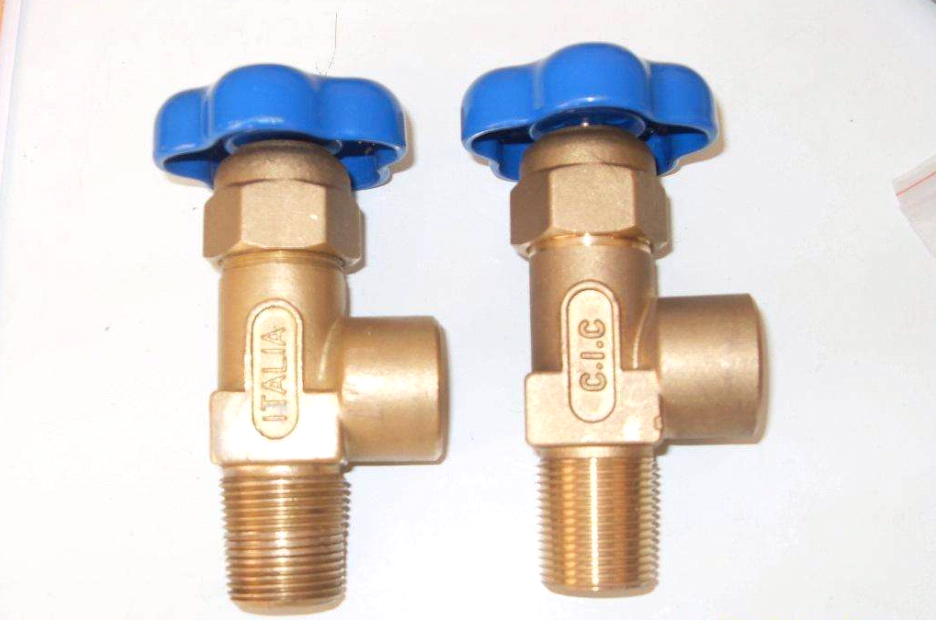The cylinder valve is the main accessory of the cylinder. Its functions are: to fill the cylinder with gas when filling gas; to block the gas in the cylinder when storing gas; to release gas from the cylinder when using gas.

Bottle valves are generally made of brass or steel. The cylinder valve of which material is equipped depends on the nature of the gas in the cylinder. For example, the cylinder valves for oxygen cylinders are made of copper rather than steel, because steel is more vulnerable to corrosion than copper. On cylinders of oxygen, phosgene and some other gases, steel cylinder valves must be used. Although such cylinder valves may be damaged due to corrosion, these gases only corrode metals when there is water. Therefore, as long as the cylinder interior and the gas itself are free of water, and the cylinder valves are always kept free from moisture, the corrosion of gas on the cylinder valves can be prevented.
It is used to dissolve the cylinder valve on the acetylene cylinder. Although the cylinder valve of carbon steel fire low alloy steel can be used, it is easy to produce dangerous sparks when contacting with other appliances during filling and use of gas. Therefore, copper alloy cylinder valves with copper content less than 70% are generally used. Common copper cylinder valves are easy to produce explosive copper acetylene when contacting with acetylene.